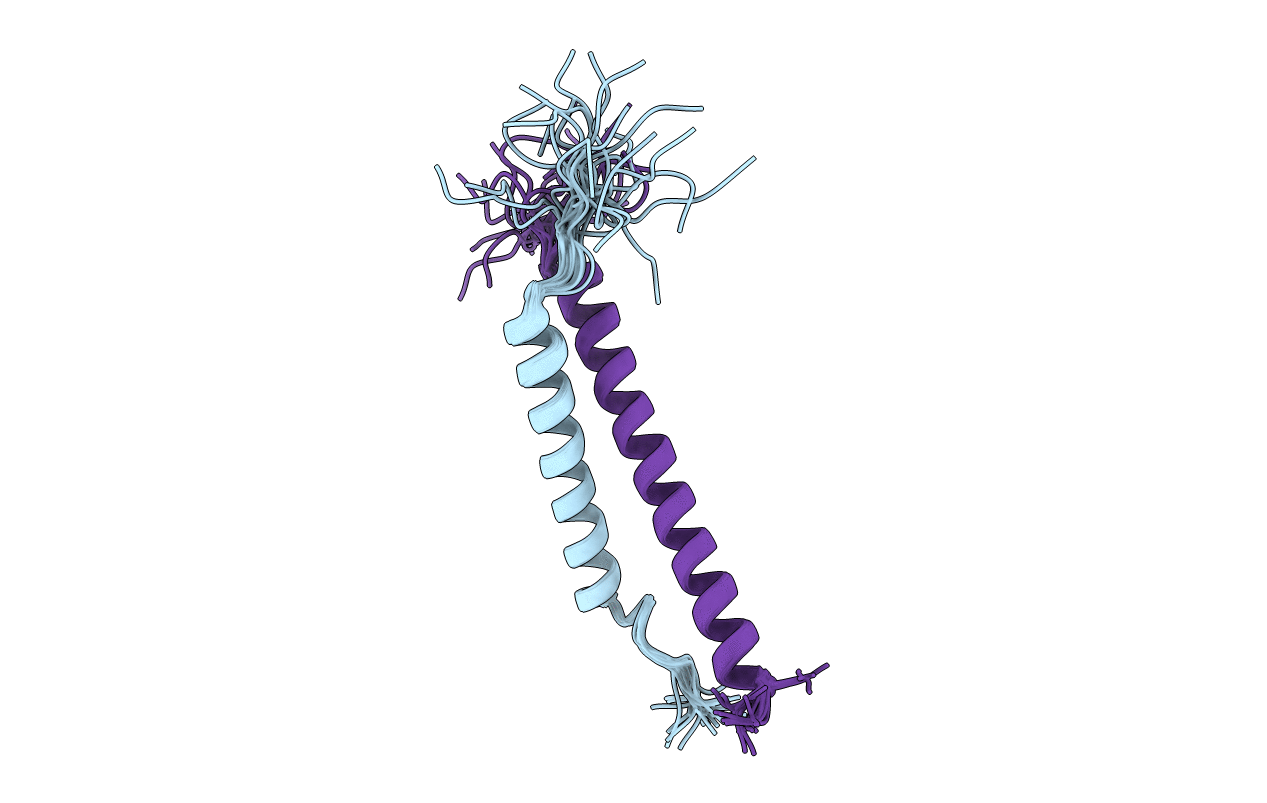
Deposition Date
2020-11-03
Release Date
2021-09-15
Last Version Date
2024-10-16
Entry Detail
PDB ID:
7KN0
Keywords:
Title:
Structure of the integrin aIIb(W968V)b3 transmembrane complex
Biological Source:
Source Organism:
Homo sapiens (Taxon ID: 9606)
Host Organism:
Method Details:
Experimental Method:
Conformers Calculated:
21
Conformers Submitted:
21
Selection Criteria:
all calculated structures submitted


